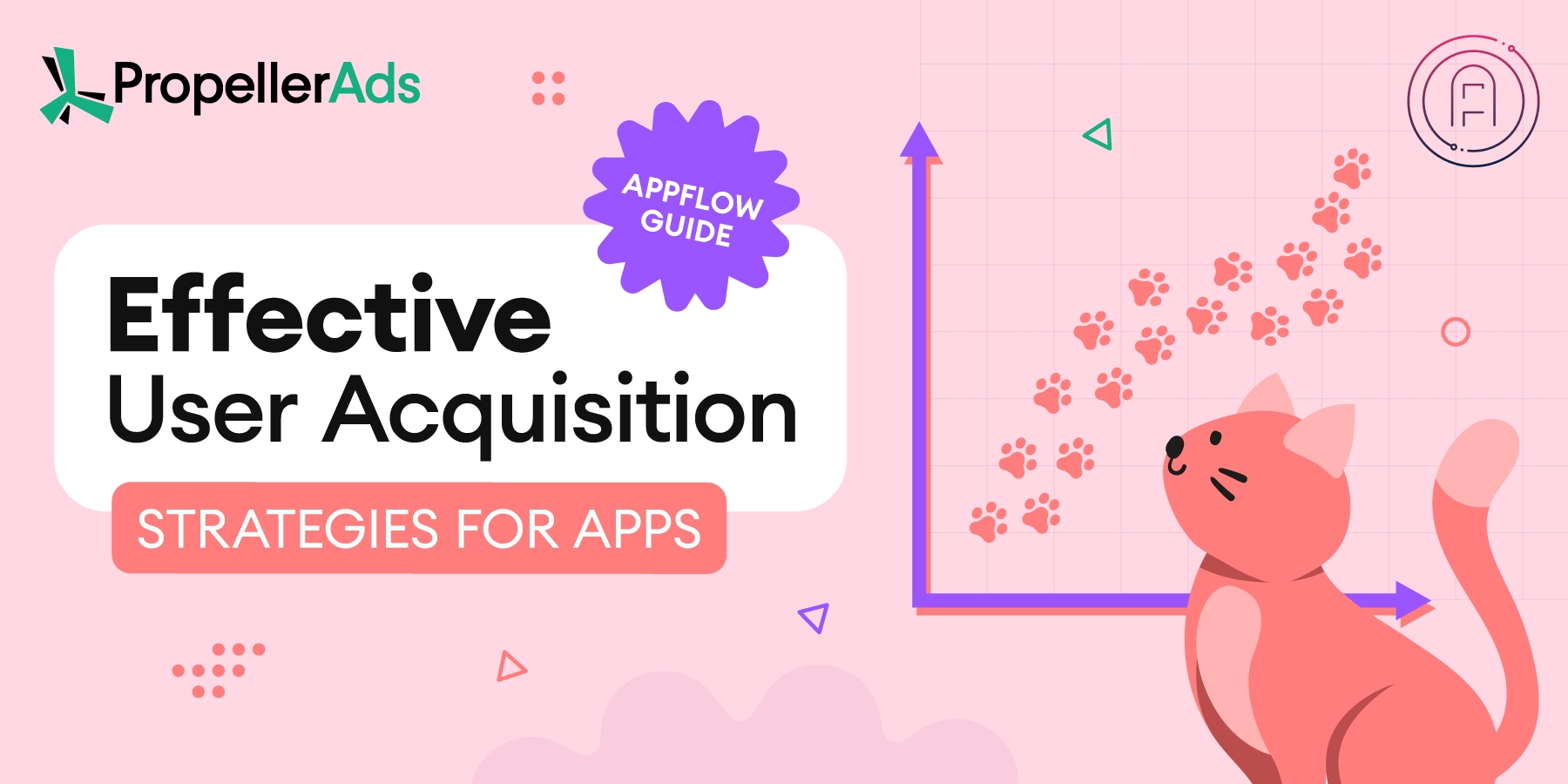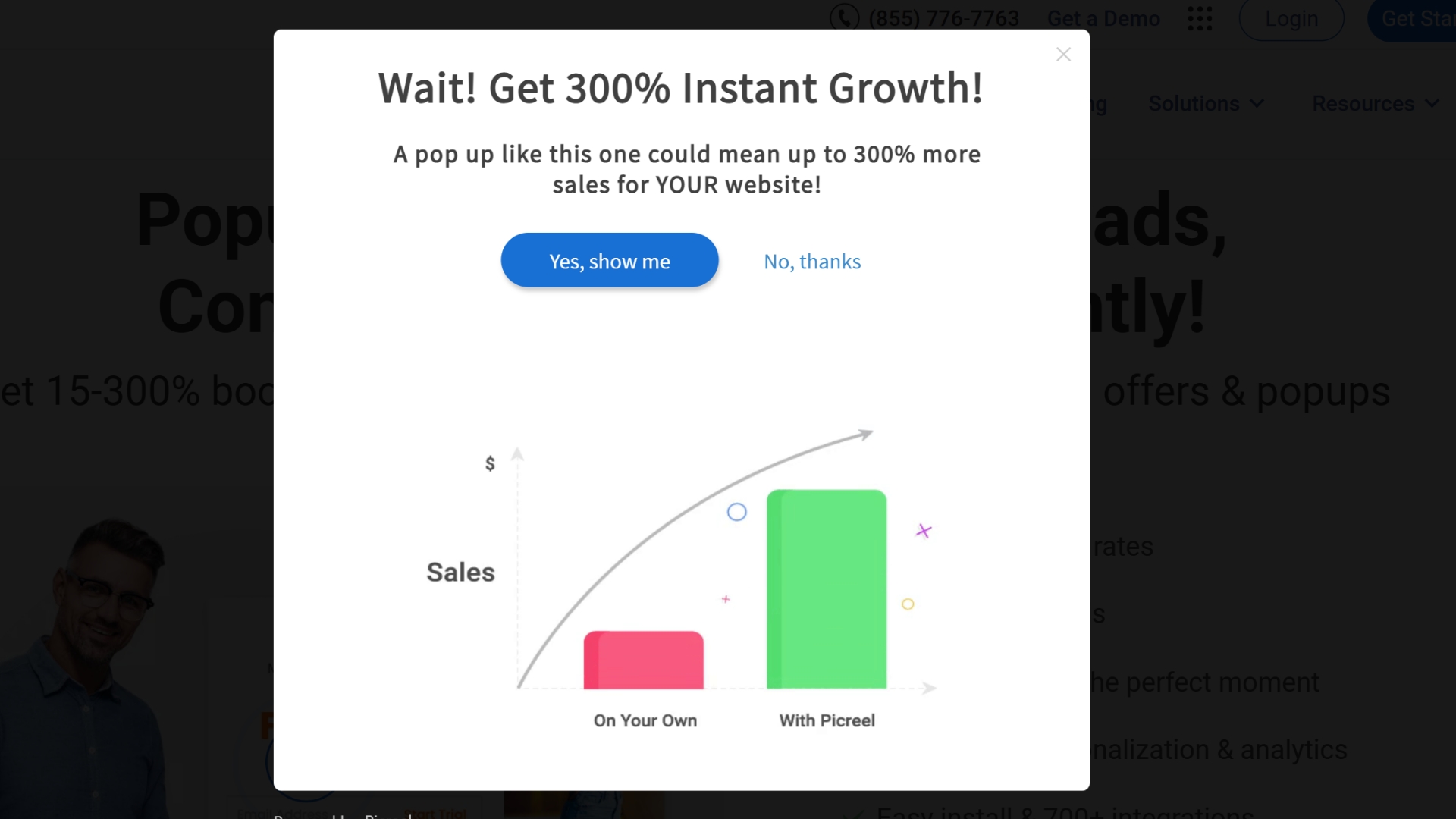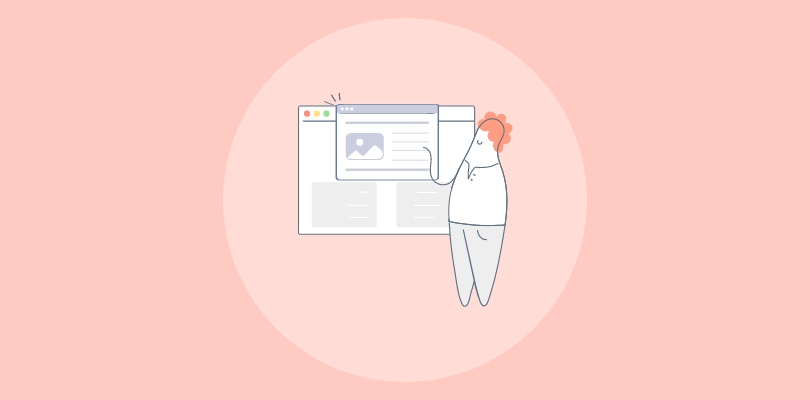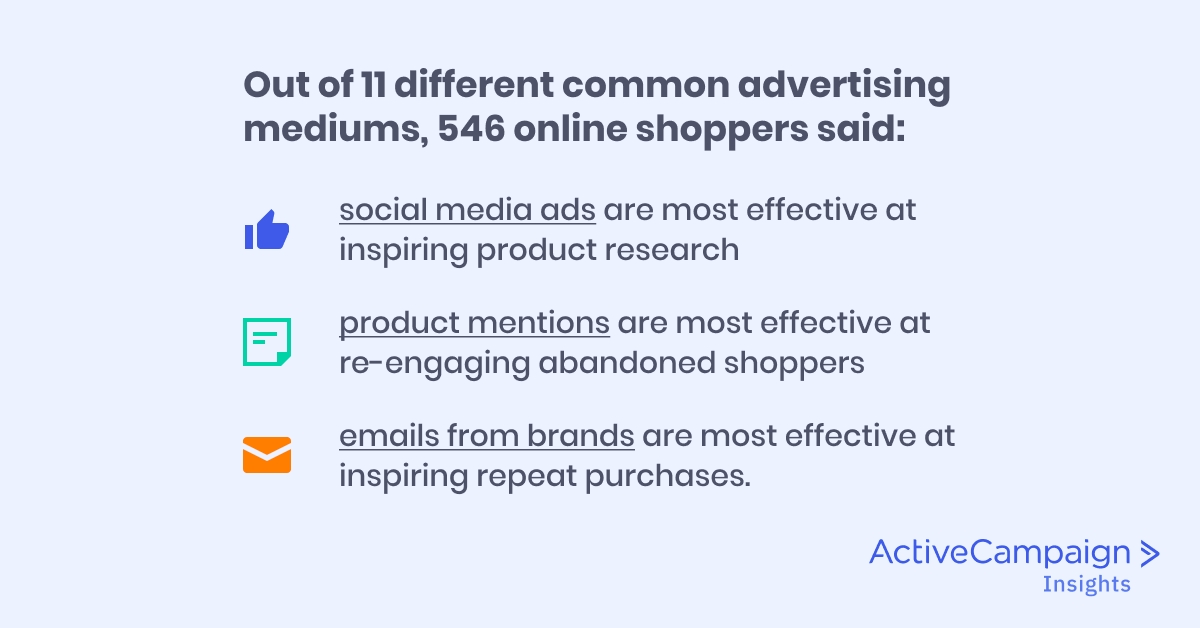An Experimental Study with Demonstrative Results
Buy CPC Traffic | Buy Display Ads | Exclusive traffic sources | Buy Push Ads | Popunder ADS | Buy Native Ads | Buy Preroll Ads
Buy CPC Traffic | Buy Display Ads | Exclusive traffic sources | Buy Push Ads | Popunder ADS | Buy Native Ads | Buy Preroll Ads
Online advertising is an essential part of the digital marketing landscape. One popular form of online advertising is popunder ads, which are displayed in a new browser window hidden behind the main browser window. These ads are often considered intrusive and disruptive to the user experience, but are they really as harmful as they seem?
This demo study aims to explore the impact of popunder ads on user engagement. By analyzing user behavior data, we can gain valuable insights into how these ads affect user engagement metrics such as bounce rate, time on site, and conversion rates. Additionally, we will investigate the differences in user behavior between desktop and mobile devices, as the user experience may vary across different platforms.
Throughout this study, we will conduct a series of experiments using a diverse range of websites in various industries. The experiments will involve randomly assigning users to either a control group, where no popunder ads are displayed, or a test group, where popunder ads are displayed at specified intervals. By comparing the user engagement metrics between the two groups, we can assess the impact of popunder ads on user behavior.
Ultimately, the findings of this study will provide valuable insights for digital marketers and website owners who are considering implementing popunder ads. By understanding the impact of these ads on user engagement, marketers can make informed decisions about their advertising strategies and optimize the user experience. Stay tuned for the results of this demo study on the impact of popunder ads on user engagement!
The Importance of User Engagement

User engagement has become a critical metric for online advertisers and publishers. It refers to the level of interaction and involvement users have with a website or app. High user engagement indicates that users are actively using and enjoying the platform, which can lead to increased brand awareness, customer loyalty, and ultimately, higher conversions.
One effective way to boost user engagement is through the use of popunder ads. These ads appear in a new browser window that opens behind the current window, reducing interruption to the user's browsing experience. This non-intrusive format allows users to continue interacting with the website or app while still being exposed to the advertisement.
Studies have shown that well-designed popunder ads can have a positive impact on user engagement. By presenting relevant and engaging content, popunder ads can capture users' attention and entice them to explore further. This can lead to an increase in time spent on the website, a lower bounce rate, and a higher number of page views.
Furthermore, popunder ads can also help to drive conversions. When a user clicks on a popunder ad and is directed to a landing page, they are more likely to be engaged and receptive to the message. This can result in a higher click-through rate, increased sign-ups, or even purchases.
However, it is crucial to ensure that the content of popunder ads aligns with the interests and preferences of the target audience. Irrelevant or poorly designed ads can have the opposite effect and drive users away from the website or app.
To maximize the impact of popunder ads on user engagement, it is recommended to leverage sophisticated targeting and optimization tools. These tools can help advertisers and publishers deliver highly personalized and relevant ads to specific segments of the audience.
In conclusion, user engagement plays a crucial role in the success of online advertising campaigns. By using popunder ads strategically and delivering compelling content to the right audience, advertisers can significantly enhance user engagement and drive desired actions. To learn more about how to enhance user engagement through popunder ads, buy ads from TrafficStars.
Why User Engagement Matters for Businesses

User engagement refers to the level of interaction and involvement users have with a website or application. For businesses, user engagement is a crucial metric that directly impacts their success and growth. Here are several reasons why user engagement matters:
Conversion Rates: High user engagement typically leads to higher conversion rates. When users are engaged and invested in a website or app, they are more likely to make a purchase or take the desired action, such as signing up for a newsletter or completing a form.
Customer Loyalty: Engaged users are more likely to become loyal customers. When users have a positive experience and feel a connection with a brand, they are more likely to return and make repeat purchases. Additionally, engaged users are more likely to recommend a brand to others, helping to increase customer acquisition.
Brand Perception: User engagement can significantly impact how a brand is perceived. When users have a positive experience and feel engaged with a website or app, they are more likely to view the brand in a positive light. On the other hand, a lack of engagement or a negative experience can tarnish a brand's reputation.
Data Collection: Engaged users are more likely to provide valuable data that can be used for targeted marketing and personalization. By tracking user behavior and preferences, businesses can gain insights into their target audience and tailor their marketing efforts accordingly.
Competitive Advantage: A high level of user engagement can give a business a competitive edge. When users are engaged and satisfied with a website or app, they are less likely to seek out alternatives. This can help a business retain customers and differentiate itself from competitors.
In conclusion, user engagement is a critical factor for businesses to consider. By focusing on creating a positive user experience and fostering engagement, businesses can improve conversion rates, increase customer loyalty, enhance brand perception, collect valuable data, and gain a competitive advantage in the market.
The Role of Popunder Ads in User Engagement
Popunder ads have become increasingly prevalent in the online advertising industry, with advertisers finding value in this format for engaging with users. These ads are designed to appear in a new browser window or tab, usually as a secondary window behind the main browser window. This format allows for seamless integration into the user's browsing experience, at the same time capturing their attention without interrupting their current task.
One of the key roles of popunder ads is to increase user engagement. When strategically placed, these ads can effectively grab the user's attention and encourage them to interact with the advertised content. By presenting relevant and enticing offers, popunder ads can entice users to click, explore, and ultimately take action. Whether it's signing up for a newsletter, making a purchase, or downloading an app, popunder ads have the potential to drive conversions and achieve marketing goals.
Popunder ads also play a crucial role in reaching a wider audience. By appearing in a separate browser window or tab, these ads have the opportunity to be seen by users who may have disregarded or missed other forms of advertising. This expanded reach can be especially valuable for businesses looking to increase brand awareness or introduce new products or services. By exposing their offerings to a broader audience, advertisers can attract potential customers who may have otherwise remained unaware of their brand.
Furthermore, popunder ads can contribute to user engagement by providing relevant and personalized content based on a user's preferences, demographics, or browsing behavior. By leveraging data analytics and targeting capabilities, advertisers can deliver highly tailored ads to individual users, ensuring that the content is both relevant and interesting. This level of personalization can significantly enhance the user experience, making the ad feel less intrusive and more valuable.
In conclusion, popunder ads play a significant role in user engagement by capturing attention, increasing reach, and delivering personalized content. When utilized effectively, these ads have the potential to drive conversions and achieve marketing goals. However, it is important for advertisers to carefully consider the placement, relevance, and frequency of popunder ads to ensure a positive user experience and optimal engagement.
The Impact of Popunder Ads
Popunder ads have become a prevalent form of online advertising, aiming to grab users' attention and increase engagement. These ads are designed to open in a new browser window or tab, typically behind the current window, thus capturing the user's attention when they finish their current task.
There has been an ongoing debate among marketers and website owners about the effectiveness of popunder ads in achieving higher user engagement. Some argue that these ads can be intrusive and annoying, leading to a negative user experience and potentially driving users away from the website. On the other hand, proponents of popunder ads suggest that they can effectively deliver targeted messages, leading to higher click-through rates and conversions.
Positive Effects of Popunder Ads
Several studies have shown that when implemented correctly, popunder ads can have a positive impact on user engagement. By providing users with relevant and targeted content, these ads can capture their attention and encourage them to explore new products or services. Additionally, popunder ads can be an effective way to generate leads and conversions, as they appear to users who have already shown interest in the website or its content.
Furthermore, popunder ads can increase the visibility of specific products or promotions, drawing attention to limited-time offers or discounts. By offering users a compelling reason to engage with the ad, such as an exclusive discount code or access to premium content, website owners can leverage popunder ads as a powerful marketing tool.
Negative Effects of Popunder Ads

Despite their potential benefits, there are also negative aspects associated with popunder ads. Users often find these ads intrusive and disruptive to their browsing experience. Being forced to close multiple windows or tabs can lead to frustration and a negative perception of the website. This negative user experience can subsequently result in decreased engagement, higher bounce rates, and a loss of trust.
Moreover, popunder ads may be perceived as spam or malware, especially if they are not clearly distinguishable from other advertisements or if they redirect users to unreliable websites. These factors can result in a decline in user trust and an overall negative impact on the website's reputation.
In conclusion, the impact of popunder ads on user engagement is a topic of ongoing discussion. While they can be an effective way to capture user attention and drive conversions, website owners should carefully consider the potential negative consequences when implementing these ads. By finding the right balance between engaging content and user experience, marketers can maximize the benefits of popunder ads while minimizing their negative effects.
Positive Effects of Popunder Ads on User Engagement

Popunder ads have been a subject of debate when it comes to user engagement on websites. Some argue that these types of ads can be intrusive and negatively impact the user experience. However, a demo study conducted regarding the impact of popunder ads on user engagement suggests otherwise.
In fact, the results of the study indicate that popunder ads can have positive effects on user engagement. When implemented strategically, these ads can capture the attention of users and drive them to take action.
One of the main positive effects of popunder ads is increased brand awareness. By appearing in a separate window, these ads have the potential to grab the user's attention and leave a lasting impression. This can result in improved brand recall and recognition, ultimately leading to a higher level of user engagement.
Another positive effect of popunder ads is increased click-through rates (CTRs) on websites. When placed strategically and targeted properly, these ads can entice users to click and explore further. This not only generates more traffic for the advertiser but also increases user engagement with the website content.
Popunder ads can also be an effective way to monetize websites. By partnering with rtb advertising, website owners can display relevant popunder ads and earn revenue based on the number of impressions or clicks generated. This revenue can then be reinvested in content creation and website improvements, further enhancing the overall user engagement.
Overall, it is important to recognize the potential positive effects of popunder ads on user engagement. By carefully implementing and optimizing these ads, website owners can leverage their benefits and create a more engaging and profitable user experience.
Negative Effects of Popunder Ads on User Engagement

Popunder ads have become a common advertising method for many websites, but their impact on user engagement is often negative. These ads are known to disrupt the user experience and hinder the engagement with the content on the website.
One of the main negative effects of popunder ads is that they interrupt the user's browsing flow. When a popunder ad suddenly appears behind the main browser window, it distracts the user and diverts their attention away from the content they were viewing. This interruption can be frustrating for the user and may result in a loss of interest or frustration.
Furthermore, popunder ads often take up a significant portion of the screen, making it difficult for users to continue interacting with the website. This can lead to a decrease in time spent on the website as users may choose to leave or navigate away from the page entirely.
Another negative effect of popunder ads is the negative perception they create towards the website hosting the ad. Users may associate the intrusive nature of these ads with the overall quality of the website and perceive it as untrustworthy or spammy. This negative perception can have a long-lasting impact on user engagement and may discourage users from returning to the website in the future.
Conclusion

In conclusion, popunder ads have a negative impact on user engagement. They disrupt the user flow, hinder interaction with the website, and create a negative perception towards the website hosting the ad. Website owners and advertisers should consider alternative advertising methods that do not negatively impact user engagement and experience.
What is a popunder ad?
A popunder ad is a type of online advertising that opens a new browser window underneath the current window, rather than on top of it.
How do popunder ads impact user engagement?
According to the study, popunder ads have a negative impact on user engagement. They often lead to higher bounce rates and shorter session durations as users are often annoyed by them and are more likely to leave the website.
Are there any effective strategies for using popunder ads?
Based on the study, it is recommended to use frequency caps to limit the number of popunder ads a user sees, as excessive exposure can lead to negative user experiences and reduced engagement.
Can popunder ads be beneficial for advertisers?
While popunder ads have a negative impact on user engagement, they can still be beneficial for advertisers in terms of generating conversions or driving traffic to their websites. However, it is important to carefully consider the potential negative effects on user experience.
What are some alternatives to popunder ads?
Some alternatives to popunder ads include banner ads, native ads, and contextual ads. These types of ads are generally less intrusive and may have a more positive impact on user engagement.
What is the purpose of the study?
The purpose of the study is to examine the impact of popunder ads on user engagement.
How was the study conducted?
The study was conducted as a demo study, but the exact methodology is not mentioned in the article.
What did the study find?
The article does not provide specific findings from the study.
What are popunder ads?
Popunder ads are a type of online advertisement that opens in a new browser window behind the current window, making it more difficult for users to close or ignore.
Buy CPC Traffic | Buy Display Ads | Exclusive traffic sources | Buy Push Ads | Popunder ADS | Buy Native Ads | Buy Preroll Ads
2022-2024 @ The Impact of Popunder Ads on User Engagement: A Demo Study